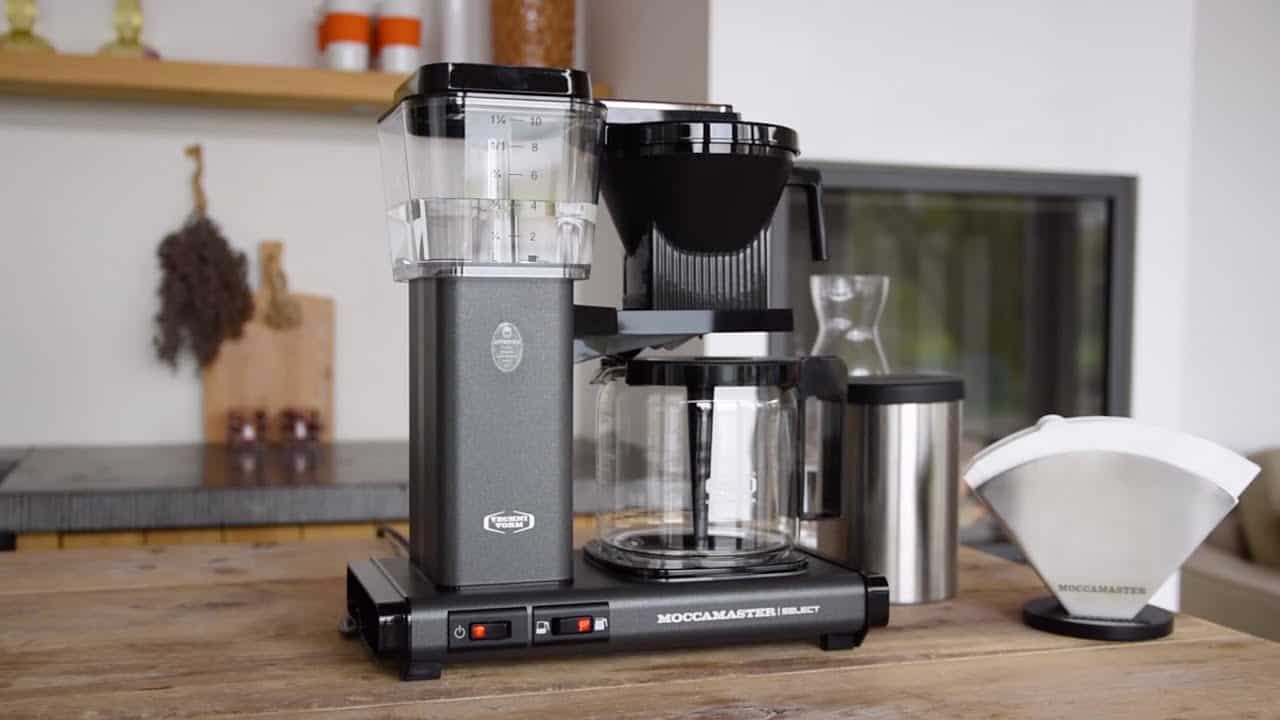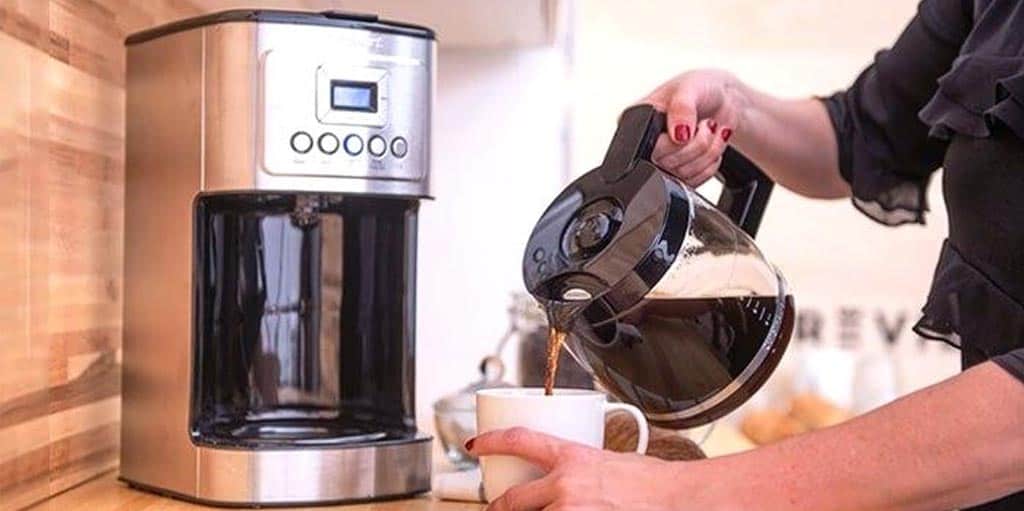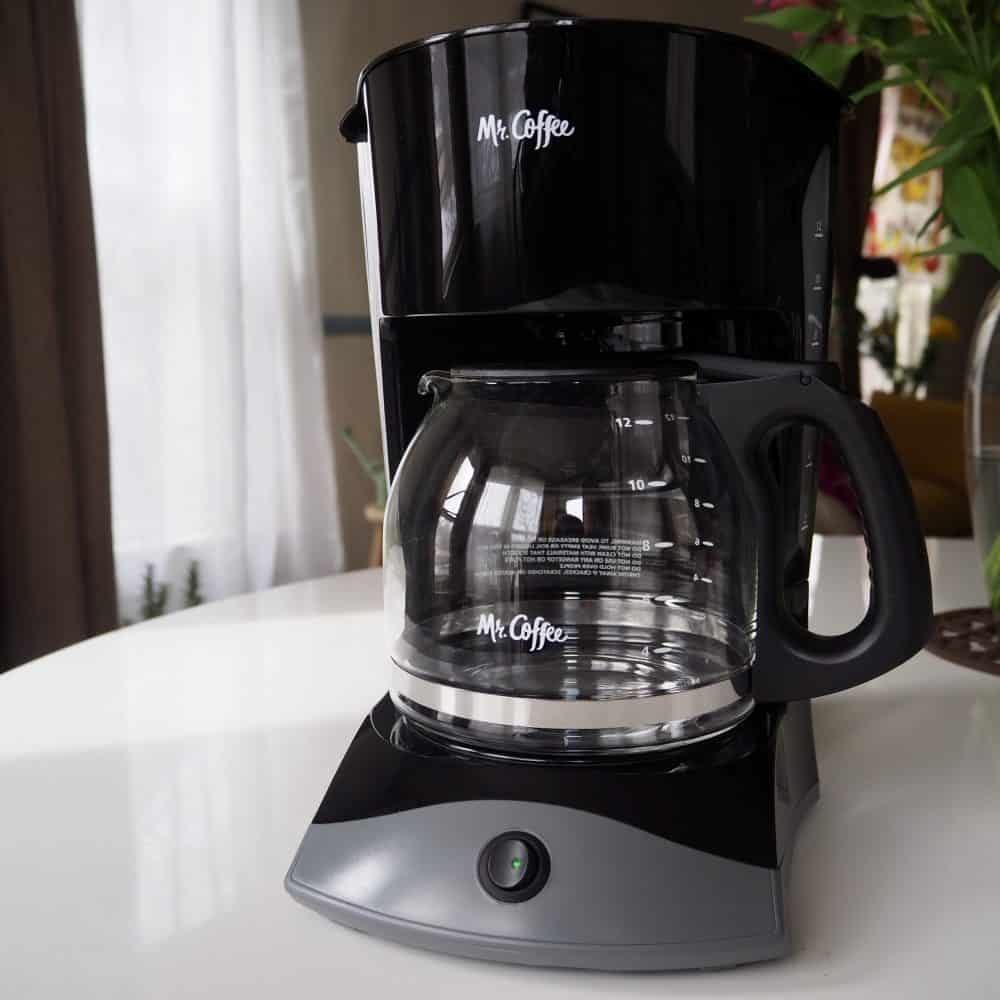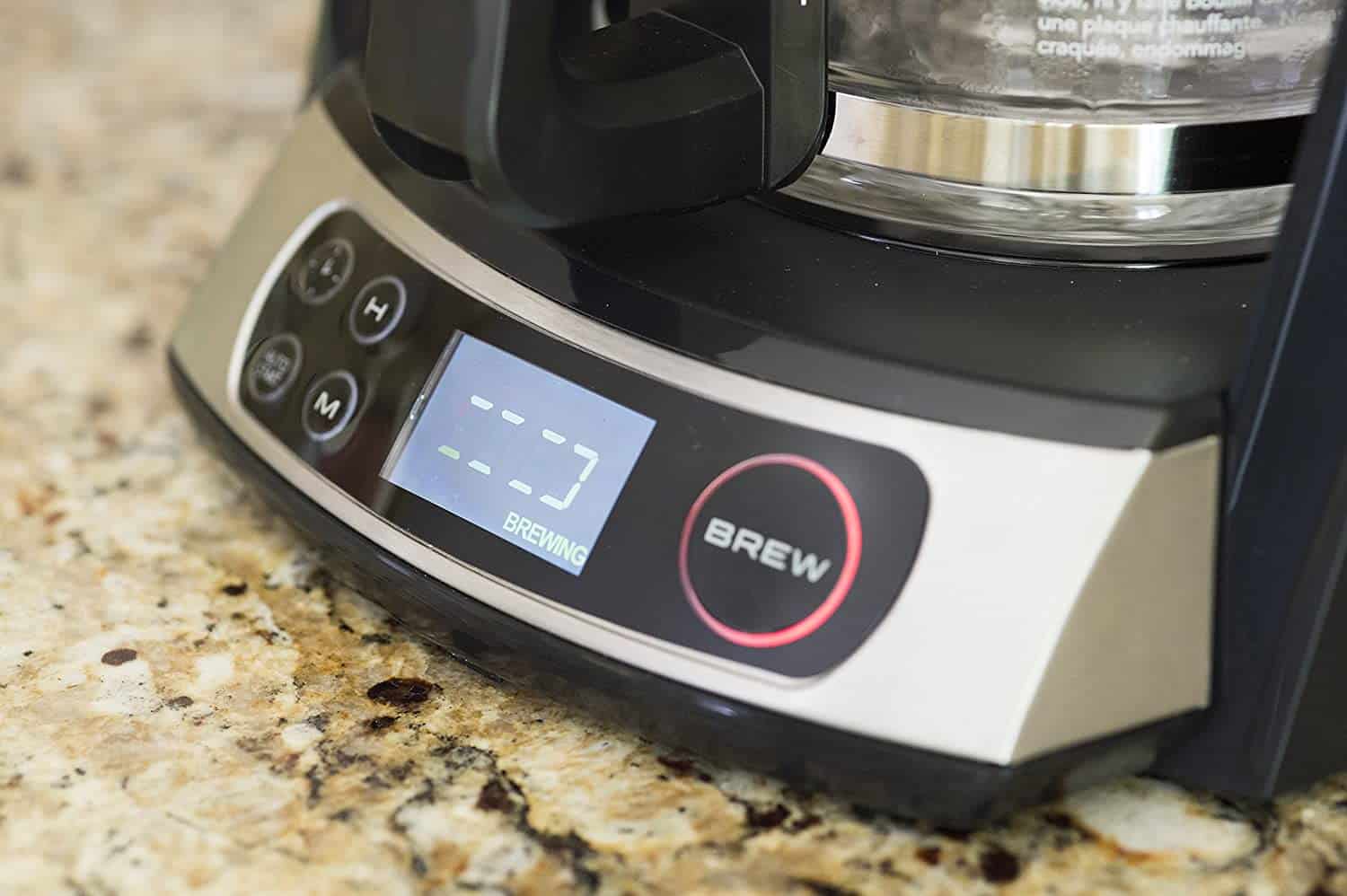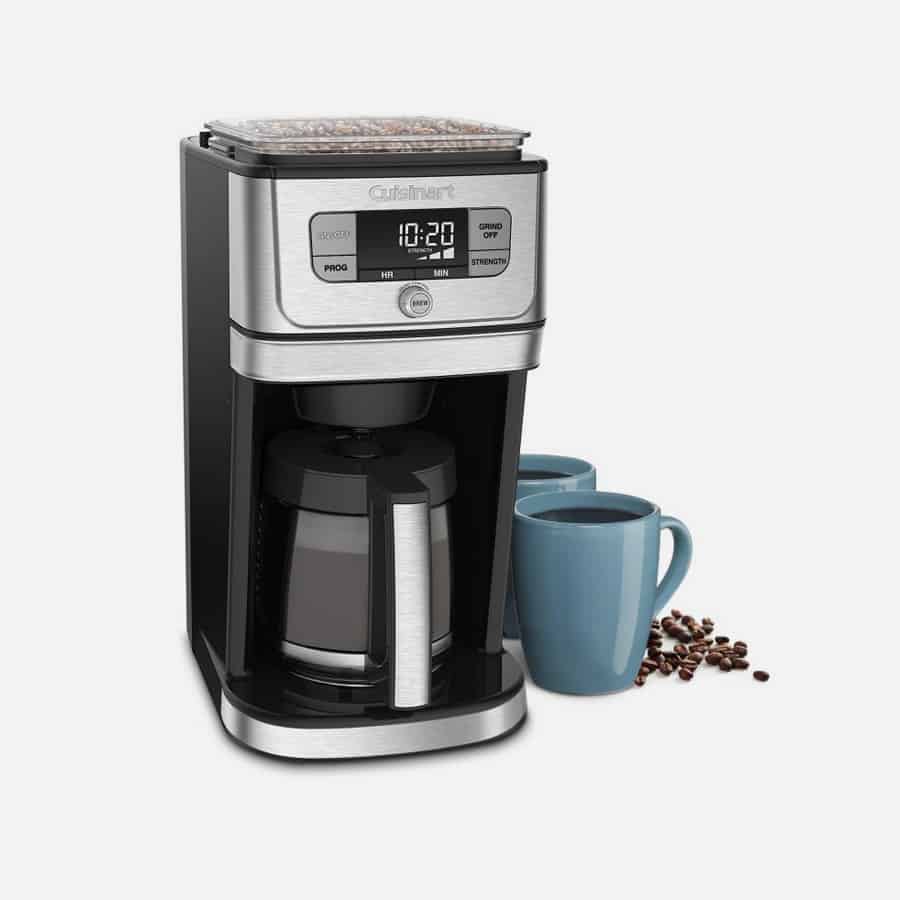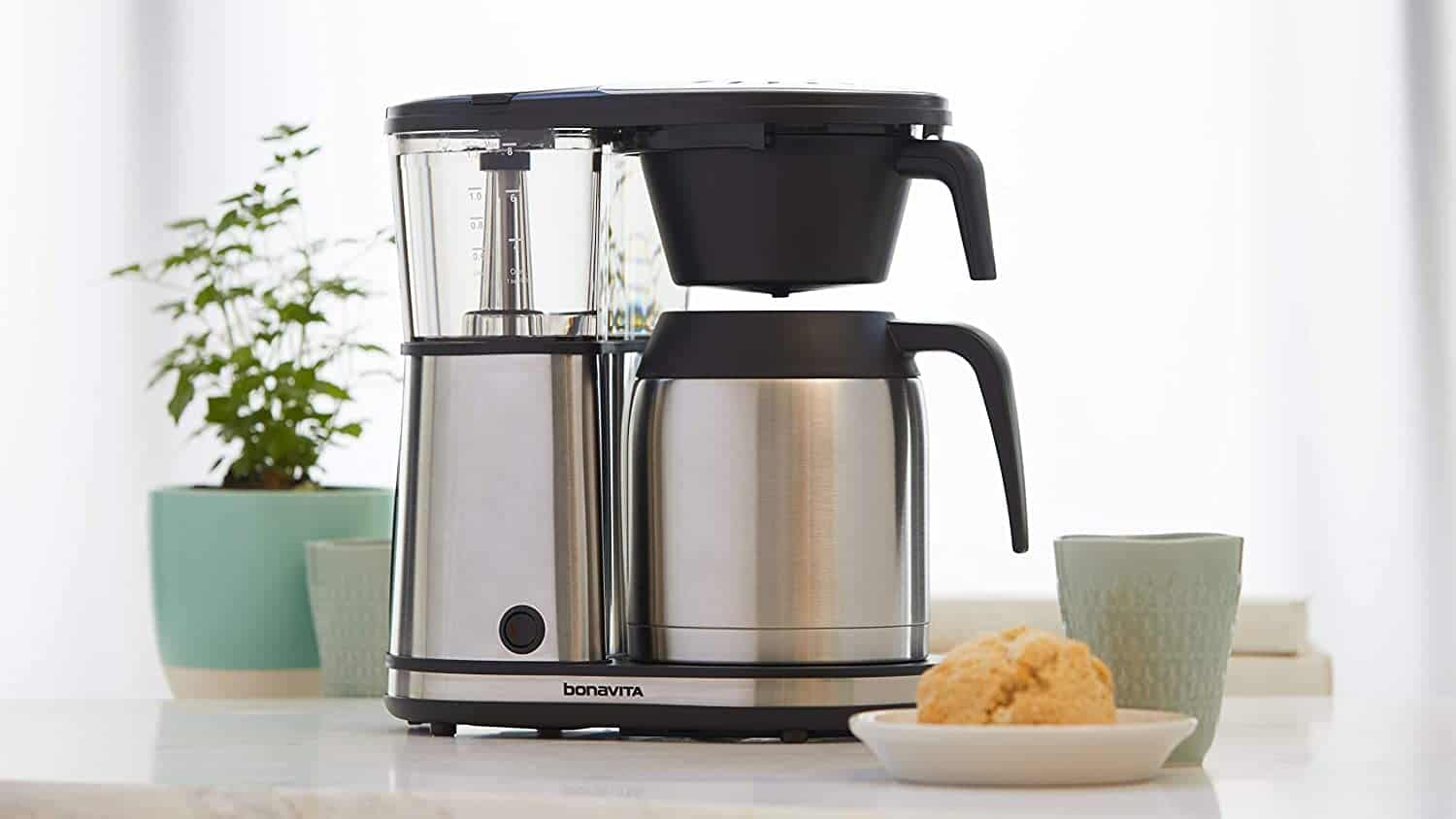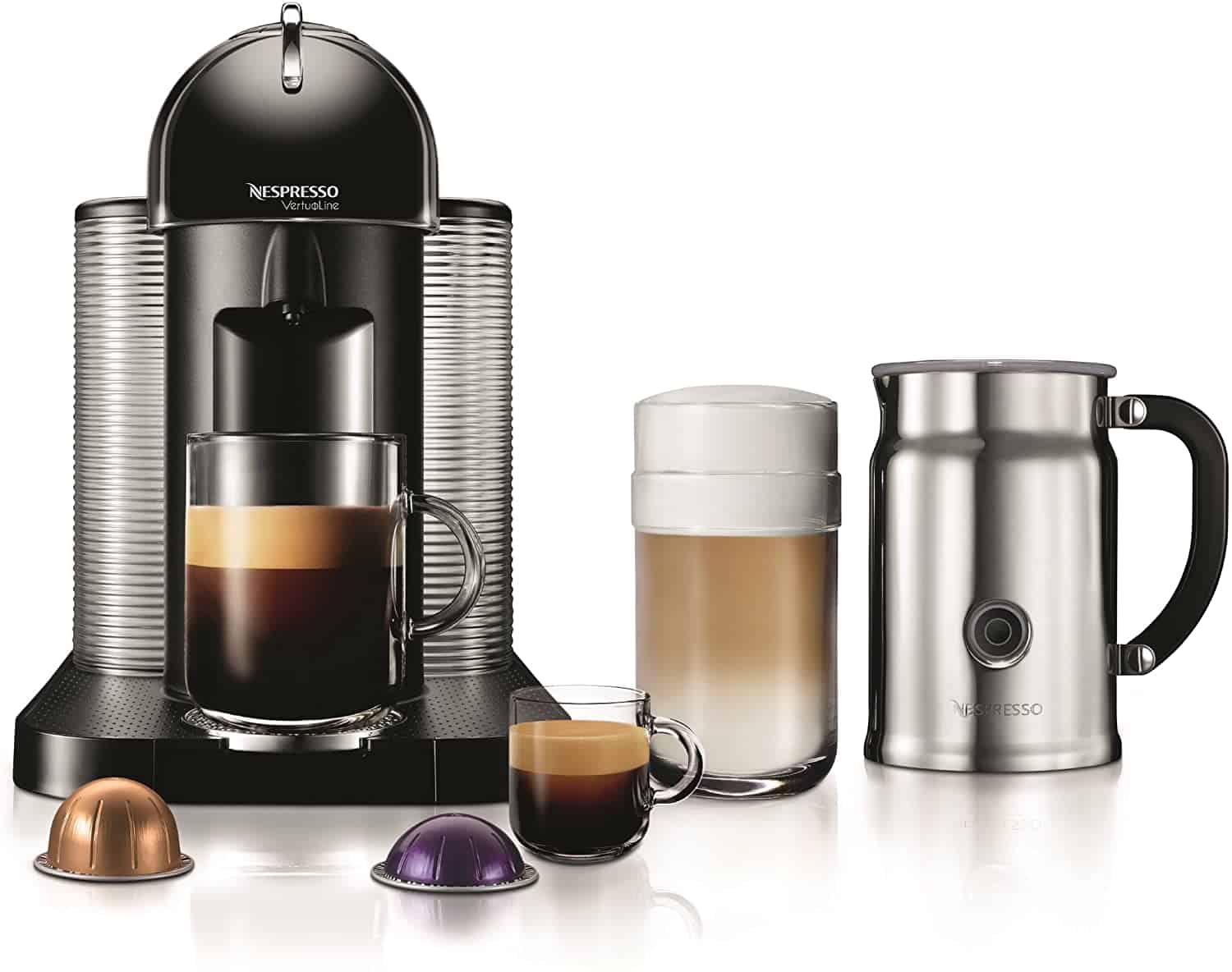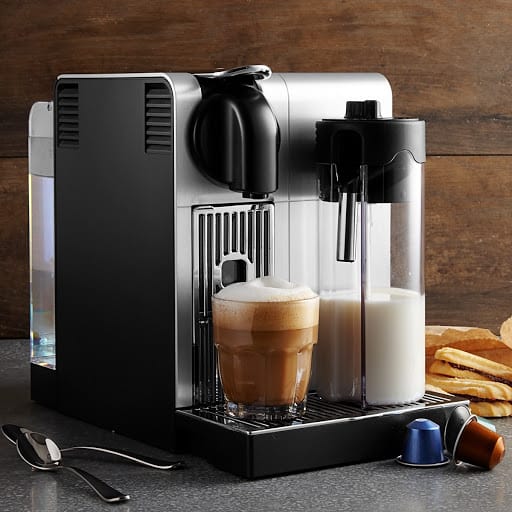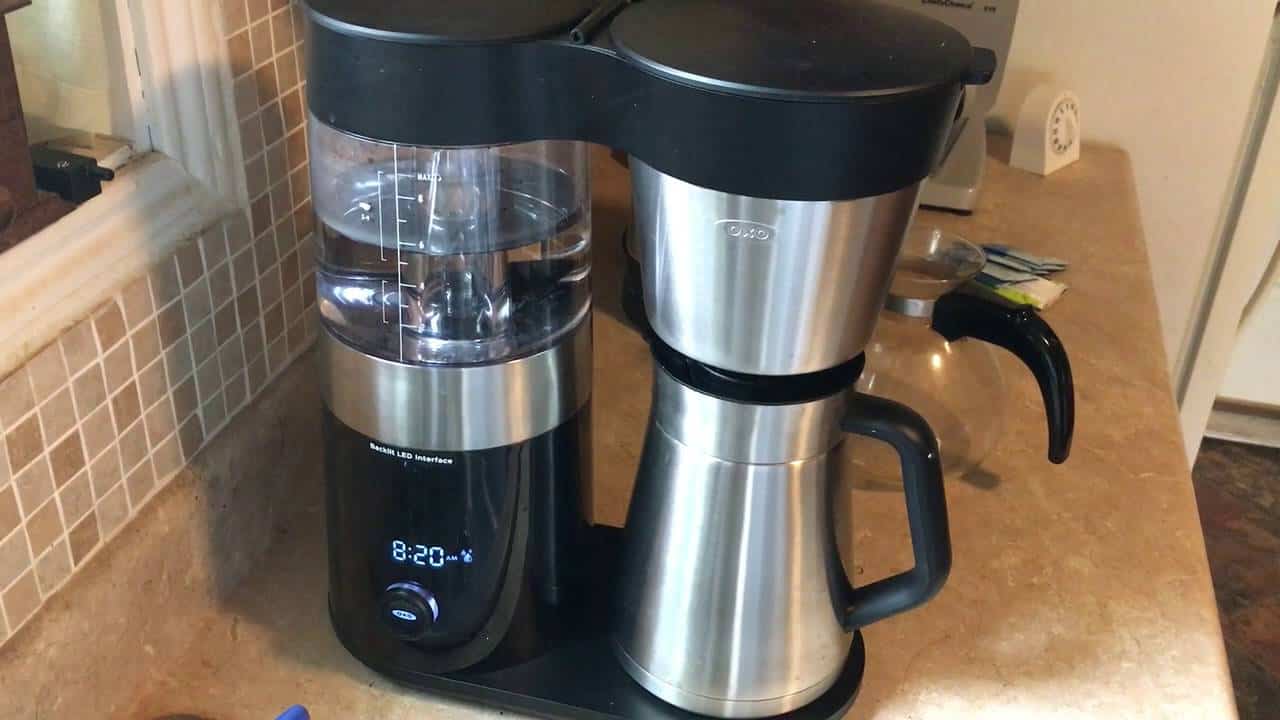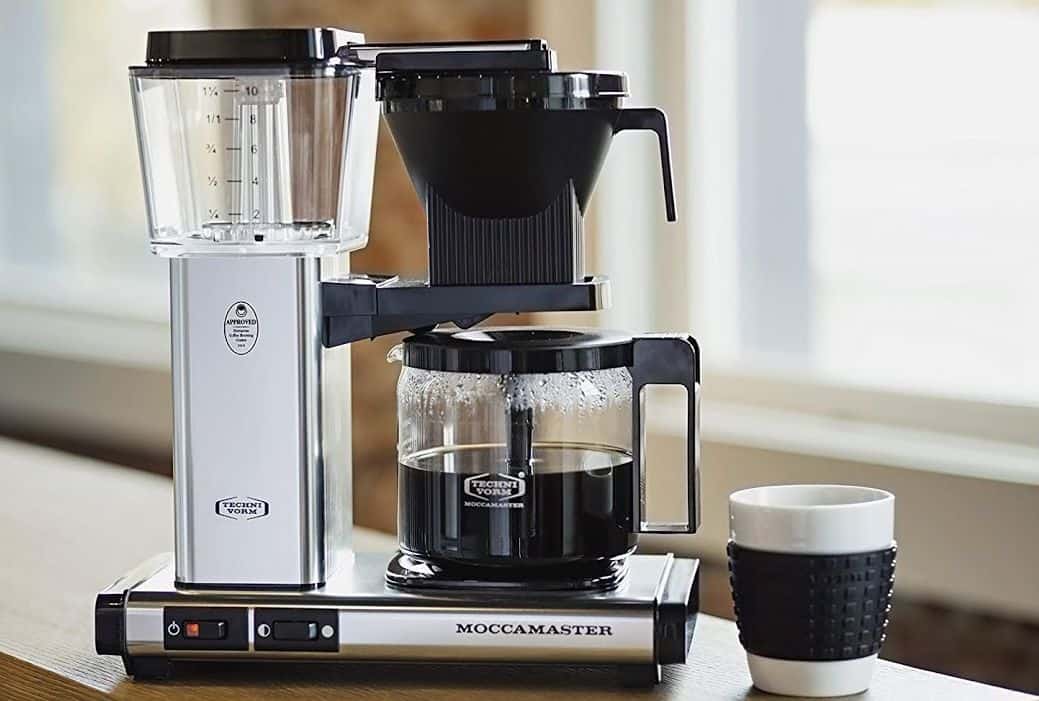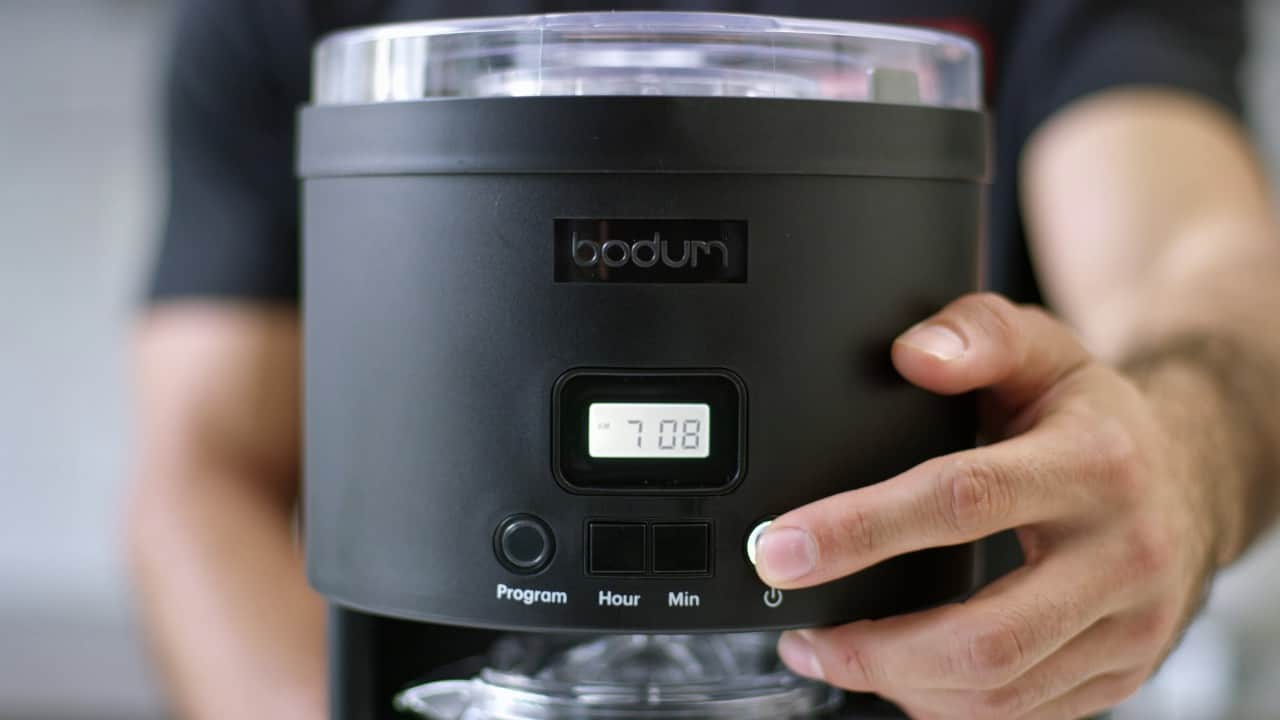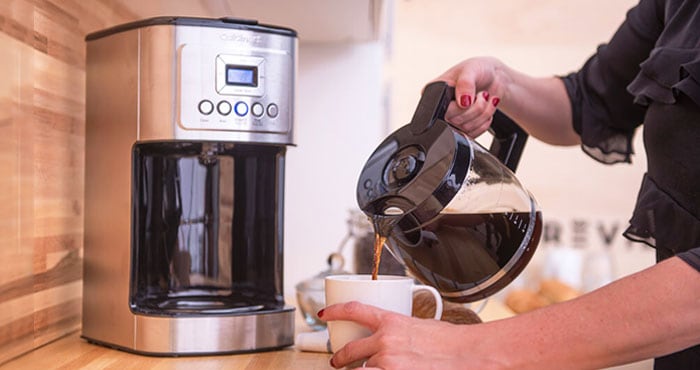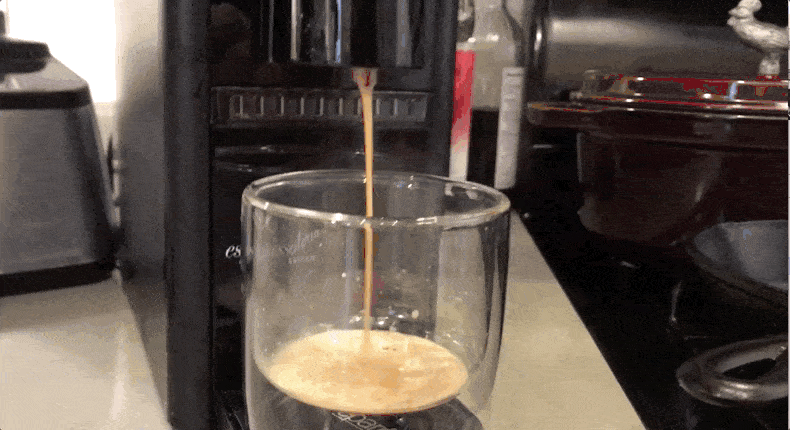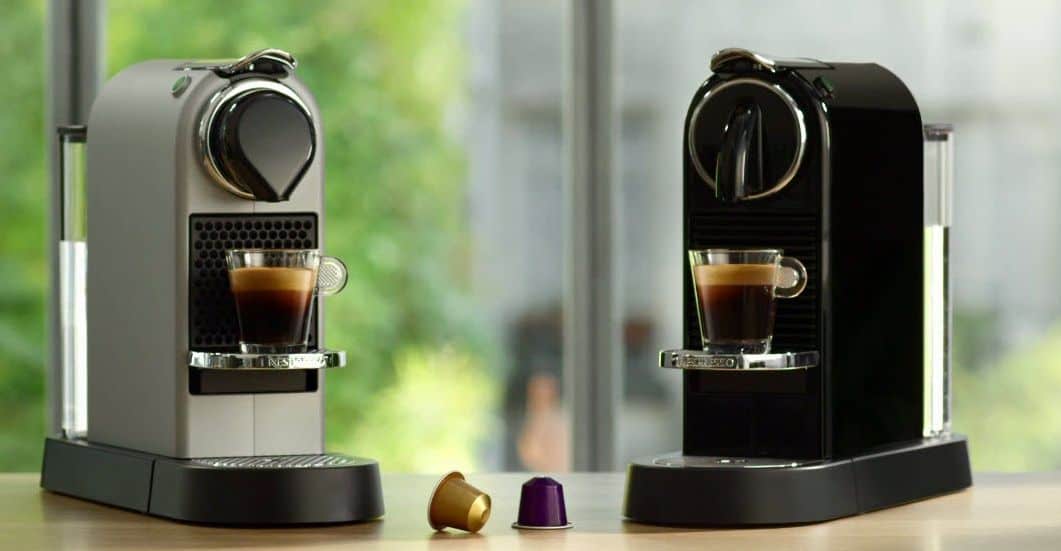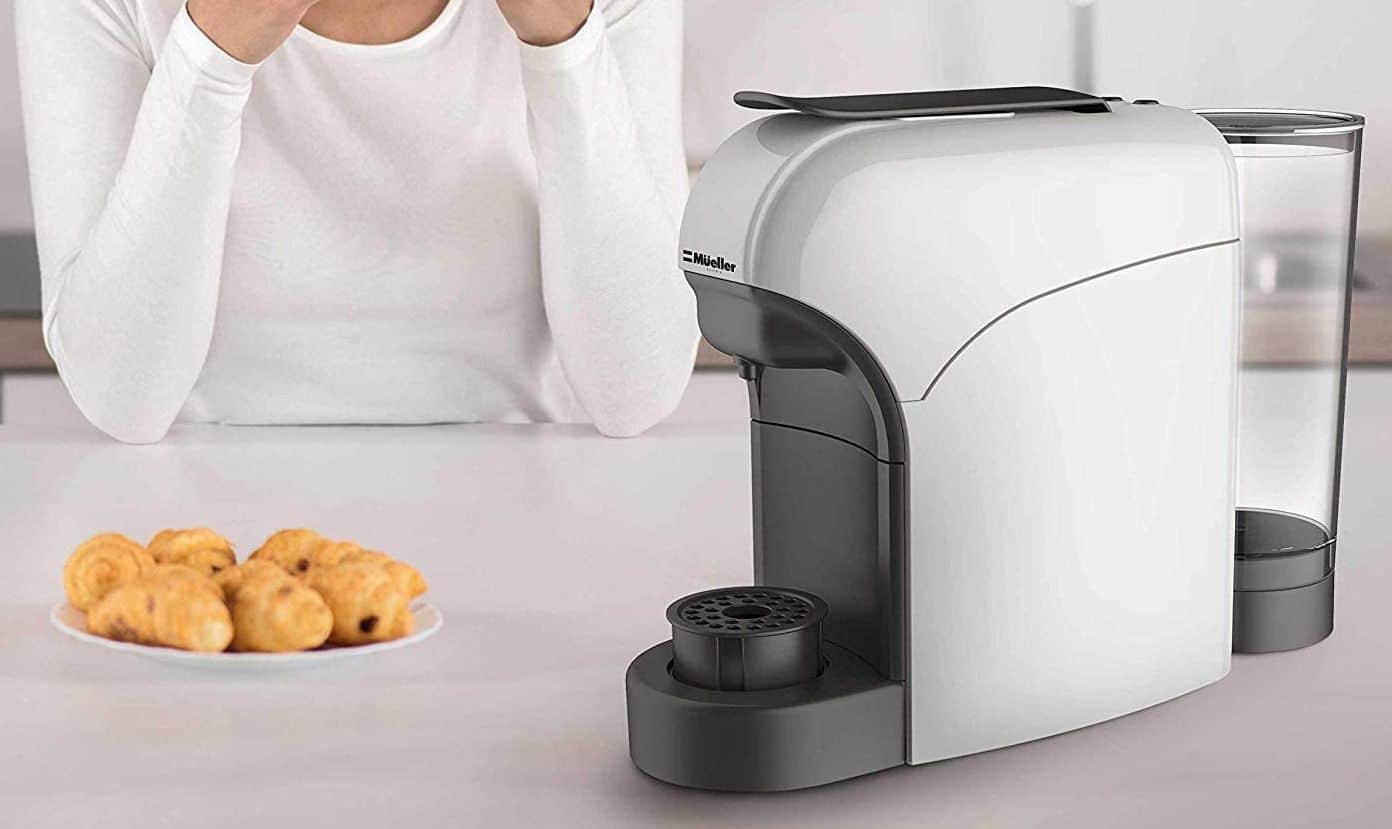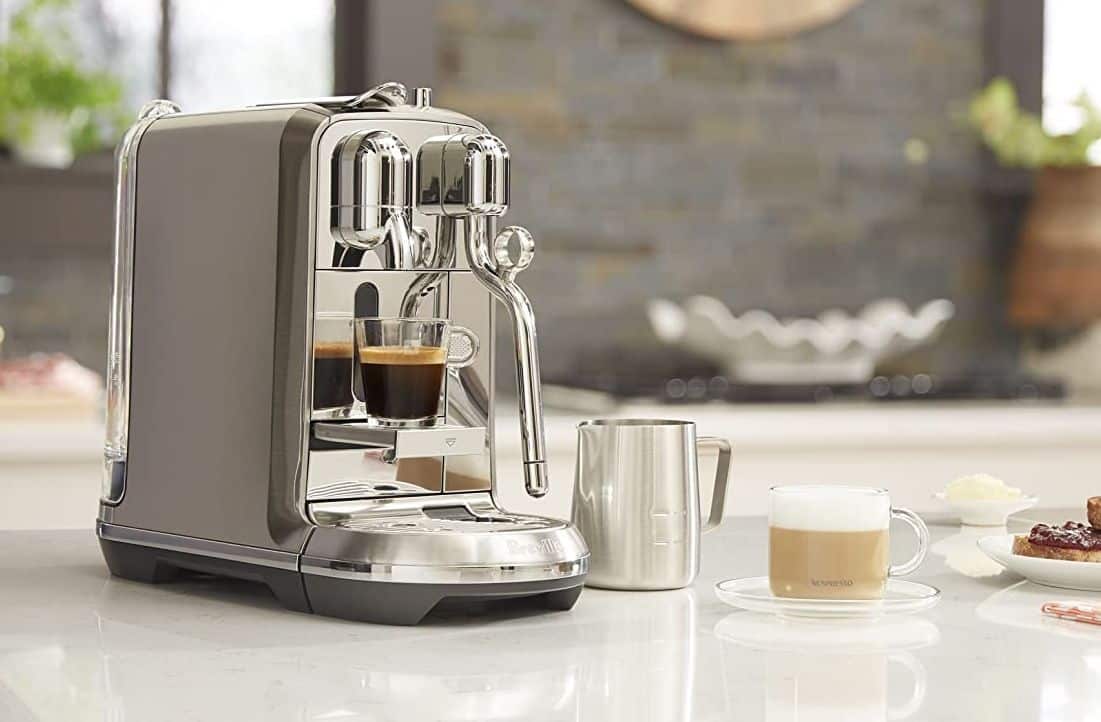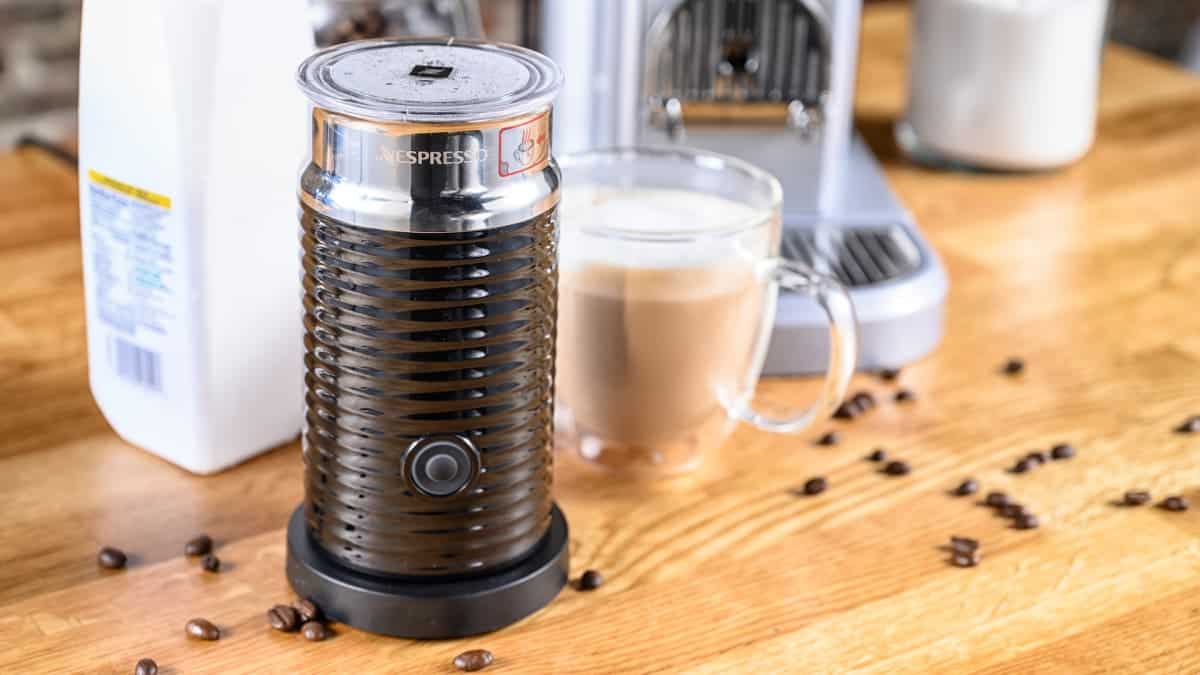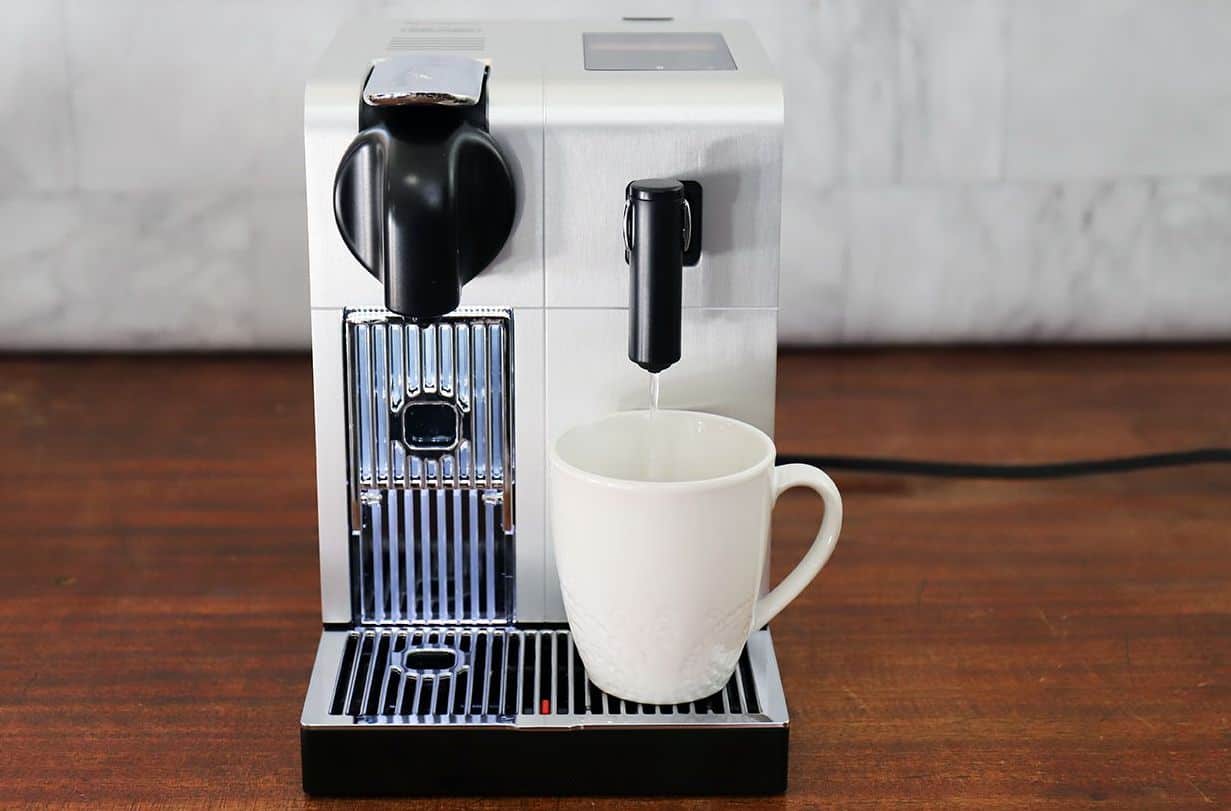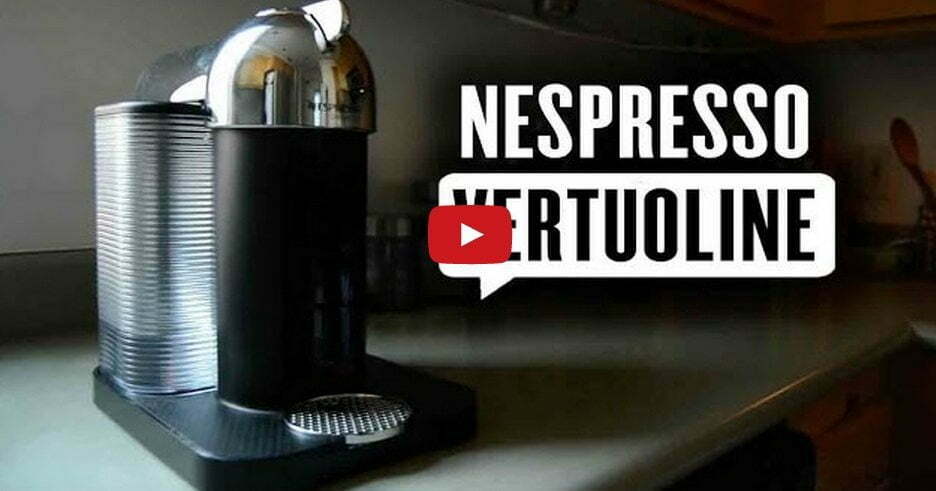Knowing how to clean your coffee maker naturally is helpful for those looking to avoid harsh chemicals. While deep cleaning will call for more effective methods, the methods below are perfect for daily cleaning methods.
KEY TAKEAWAYS:
- There are multiple methods to naturally clean coffee makers using everyday products you can find in almost any kitchen.
- Each cleaning agent uses gentle chemicals as its primary cleaning agent. All of these methods are more effective when you use them together.
- Clean coffee makers produce higher-quality cups of coffee regardless of the type of coffee beans you use.
The steps for cleaning are few, and there’s no reason not to keep up with a regular cycle of cleaning. When you invest in the best coffee maker, you need to keep up with cleaning.
What is a Natural Cleaning Solution?
While most might call them chemical-free home remedies, this is a misnomer. Everything has chemicals: baking soda is sodium bicarbonate, lemon juice has citric acid, and the unmistakable vinegar smell is from cetic acid.
In some cases, using harsh acid is unavoidable. Learning how to clean the hot plate on a coffee maker requires oxalic, for example.
Insider Tip
Soaking your brew basket under hot water will loosen stuck-on coffee grounds and dissolve sticky coffee oils.
Using Lemon Juice
STEP 1
Step 1 – Citric acid is fantastic for clearing out mineral content from tap water. Even using a charcoal filter won’t save you from hard water, but the acidity of lemons can. You can also use citric acid pellets.
STEP 2
Step 2 – Fill your water reservoir with a lemon juice and water mixture. Using soapy water will make all cleaning methods work far better.
STEP 3
Step 3 – Run a few brew cycles with this lemon juice and water solution. This should clear out any buildup of coffee residue.
STEP 4
Step 4 – Once you have a clean coffee machine, run one last brewing cycle with fresh water to clear out citric acid, whether from fresh juice or citric acid pellets. Dry your appliance with a paper towel.
Using a Baking Soda Solution
STEP 1
You can use denture cleaning tablets if you don’t have baking soda on hand.
STEP 2
Make a baking soda-vinegar paste, and apply it to the brewing basket and other components.
STEP 3
Allow this paste to sit on your coffee machine for at least an hour, and then rinse everything thoroughly using fresh water.
STEP 4
Ensure that all residue is clear by running a few brew cycles using warm water. Use a soft cloth to dry your machine thoroughly.
Using a Vinegar Solution
STEP 1
To clean a coffee maker with vinegar, create a vinegar-water solution using a cup of vinegar. You can include mild dish soap to meet higher quality cleaning standards.
STEP 2
Fill your water chamber with the vinegar solution, then start the brewing process.
STEP 3
After this, use plain water in your water tank and start the brewing process again. This will remove any leftover traces of vinegar from your vinegar solution.
STEP 4
If a strong smell of vinegar persists, repeat the process with mild dish soap and warm water until it’s gone.
Warning
Failing to use a water filter or spring water for your morning brew can cause even the highest quality coffee grounds to produce a strange taste.
F.A.Q.S
How do I clean stubborn stains from my coffee pot?
Glass coffee pot stains are unsightly and change the flavor profile of your cup of coffee. For burnt-on coffee stains, soak the actual coffee pot to soften them and use a clean cloth to scrub them off.
How do I clean a Keurig-Style Coffee Maker?
You can clean Keurig coffee machines using the same methods as any coffee appliance. Make sure you check with the manufacturer to be sure, however.
When is it time to descale a coffee maker?
If you have hard water, calcium mineral buildup will be a problem. Regular cleanings with citric acid powder or lemons will keep mineral deposits from growing out of control. Do this once a month or so.
Should I clean the outside of my auto-drip coffee maker?
Nobody likes dirty coffee makers, whether it’s the interior or exterior. You should wipe down the surface with a damp cloth at least once in a while to maintain a germ-free home brewer.
STAT: To be labeled as a disinfectant, the EPA stipulates that the product must destroy 99.999% of pathogens within 5 to 10 minutes. (source)
REFERENCES:
- https://oconto.extension.wisc.edu/files/2011/02/Baking-Soda.pdf
- https://foodsafety.wisc.edu/consumer/fact_sheets/Cleaning_Budget.pdf
- https://extension.usu.edu/archive/home-cleaning-chemicalsr
- https://s3.wp.wsu.edu/uploads/sites/2053/2014/10/GreenCleaning-_April-29_2015.pdf
- https://aces.nmsu.edu/pubs/_g/G304/welcome.html















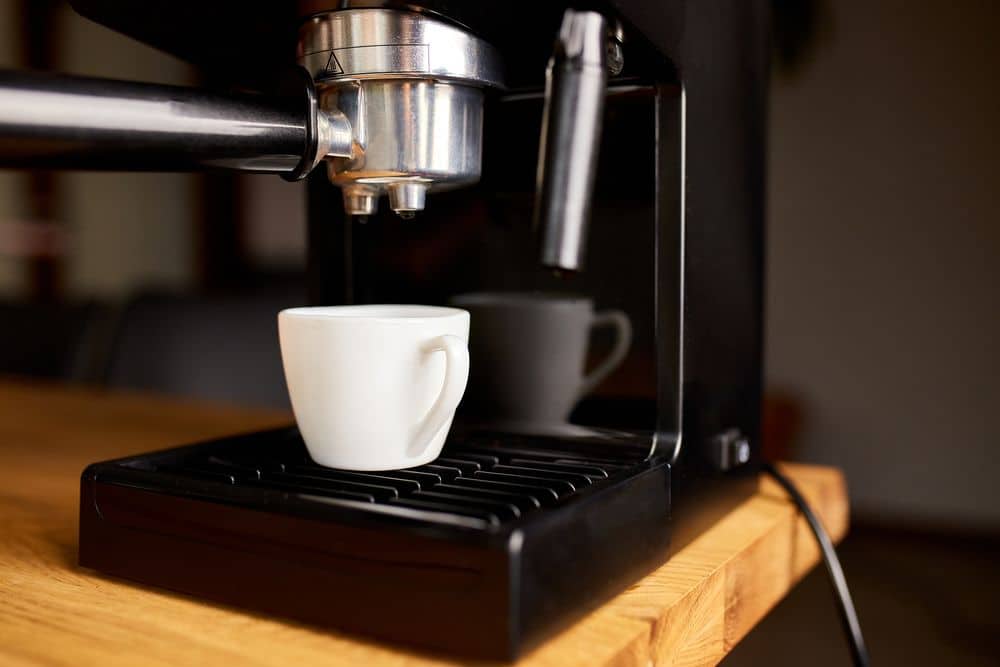
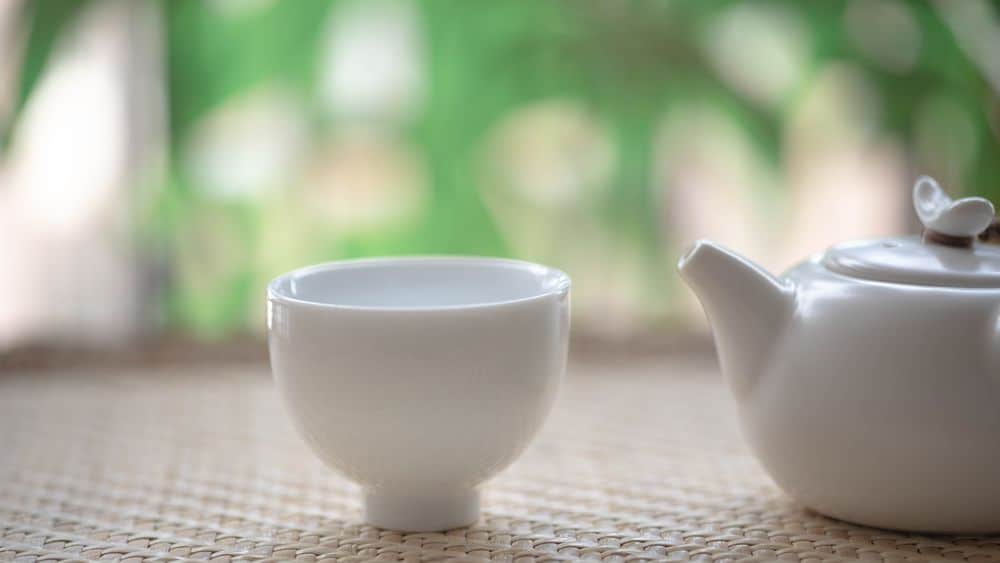
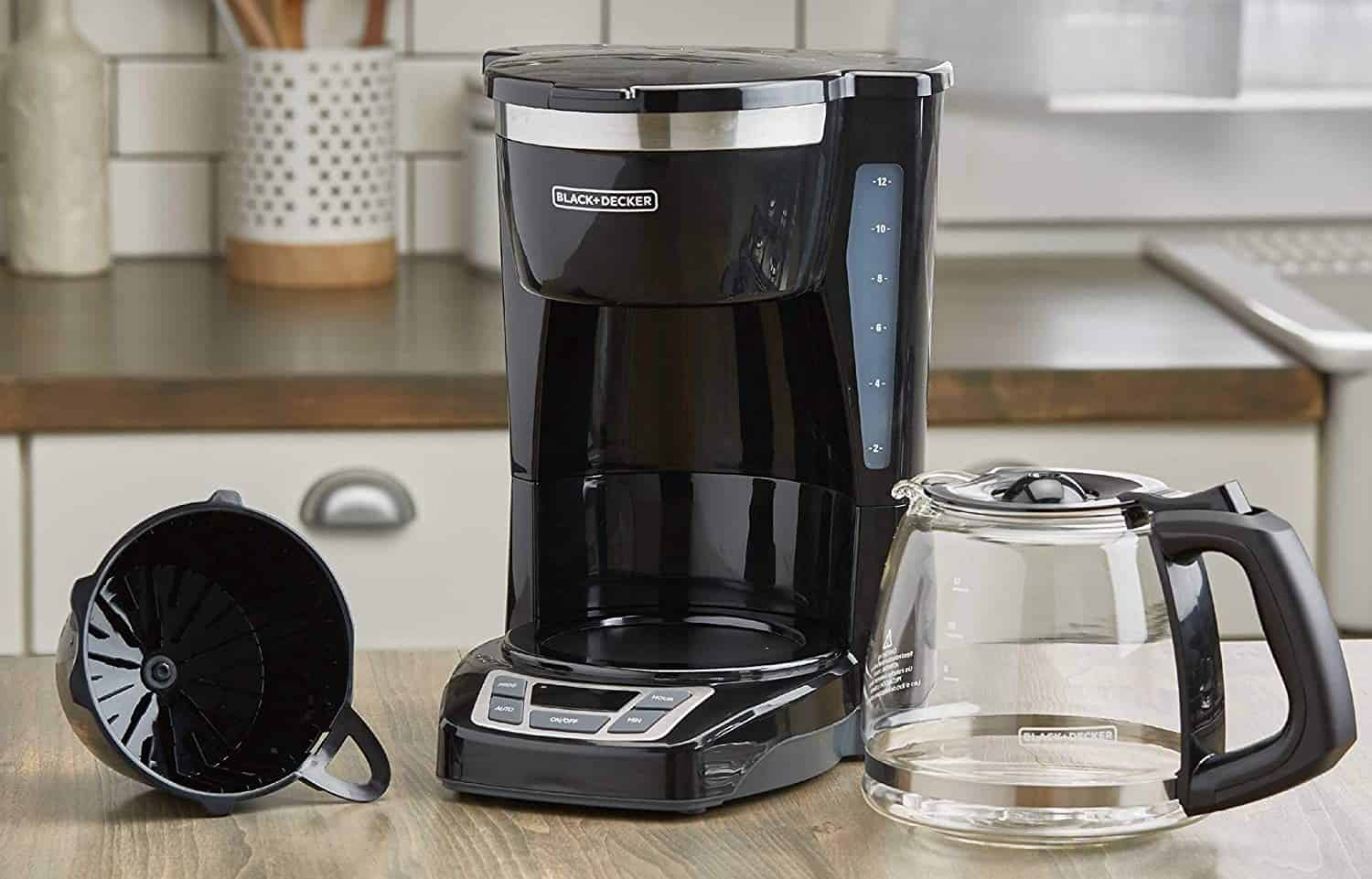
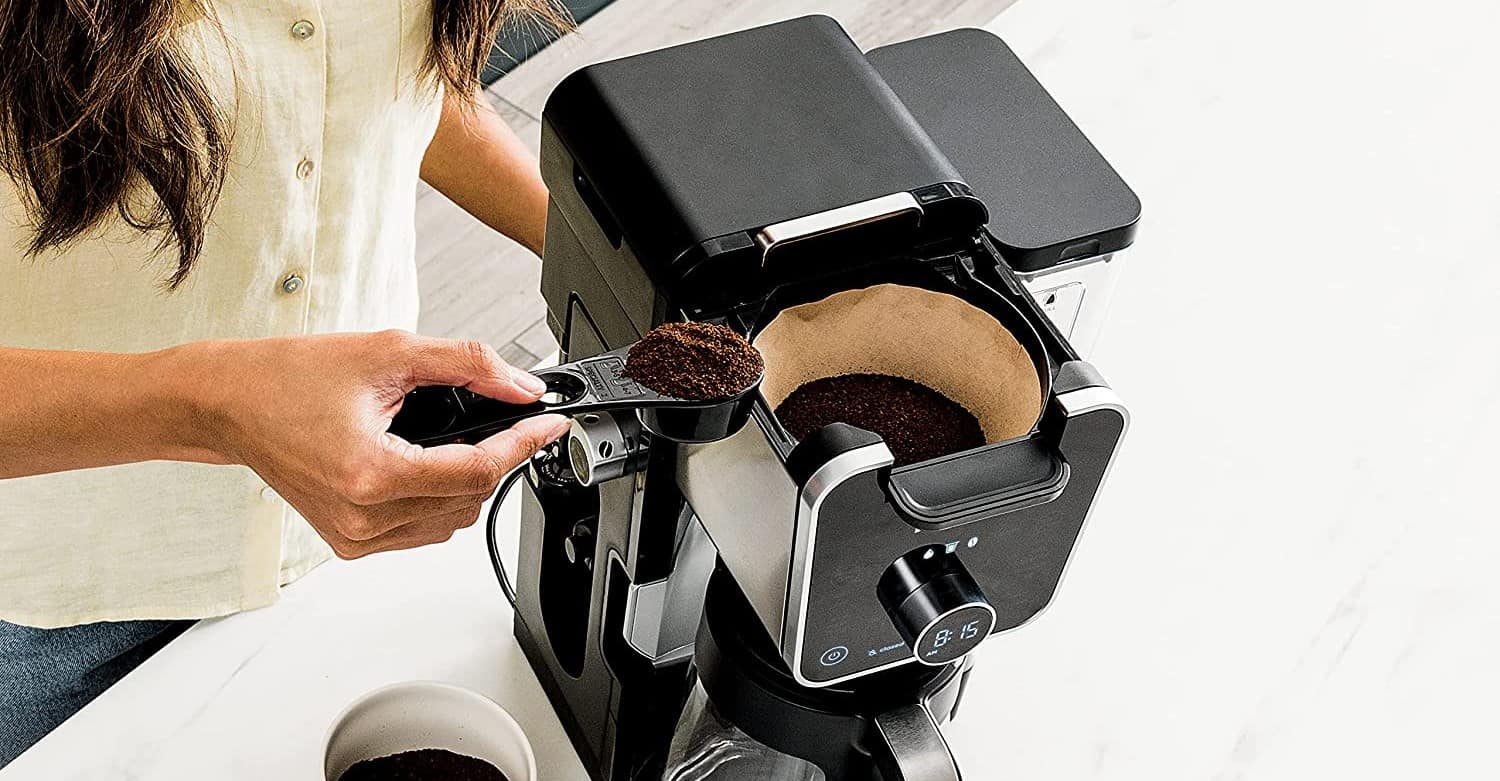
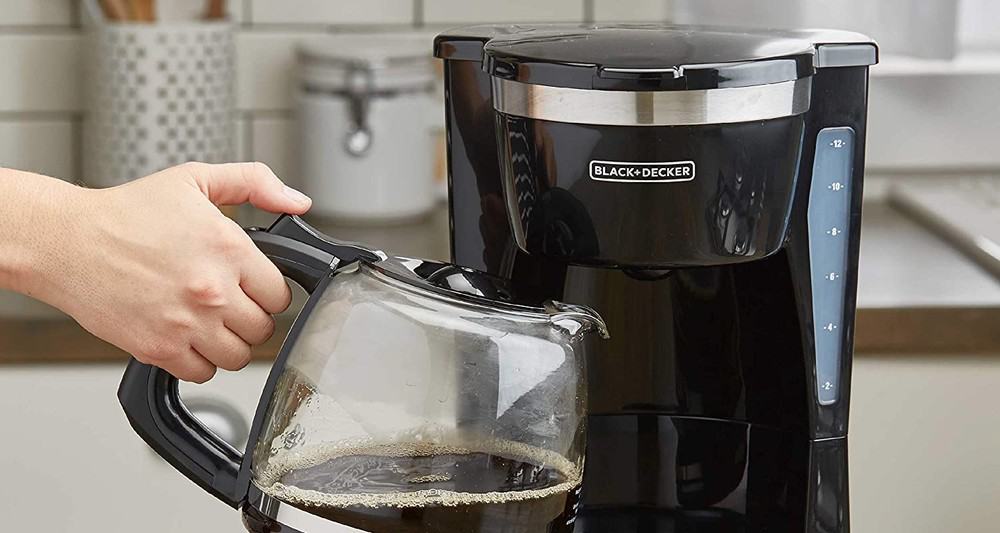
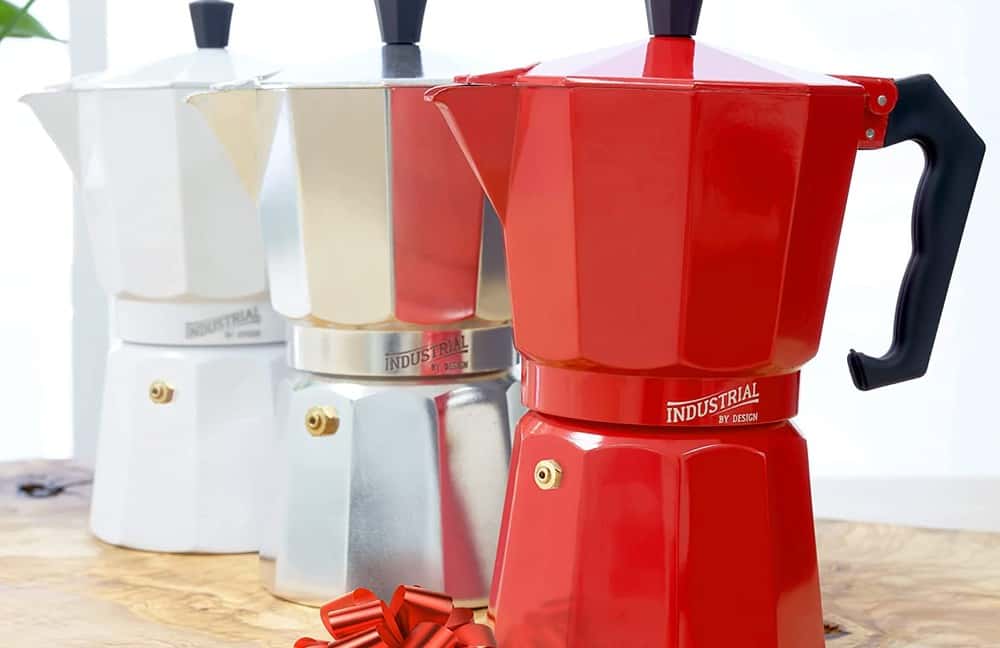
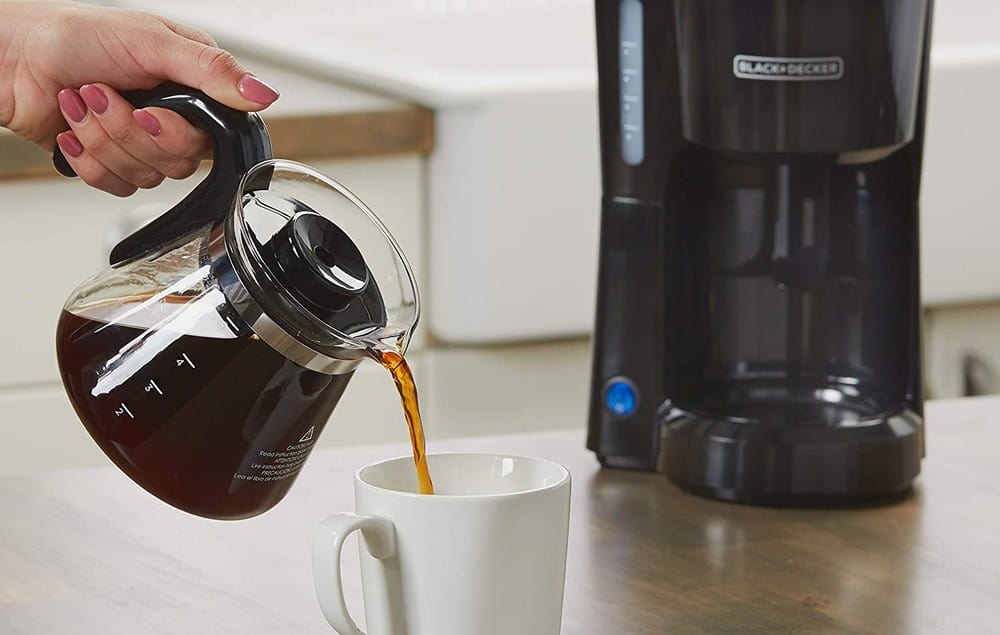
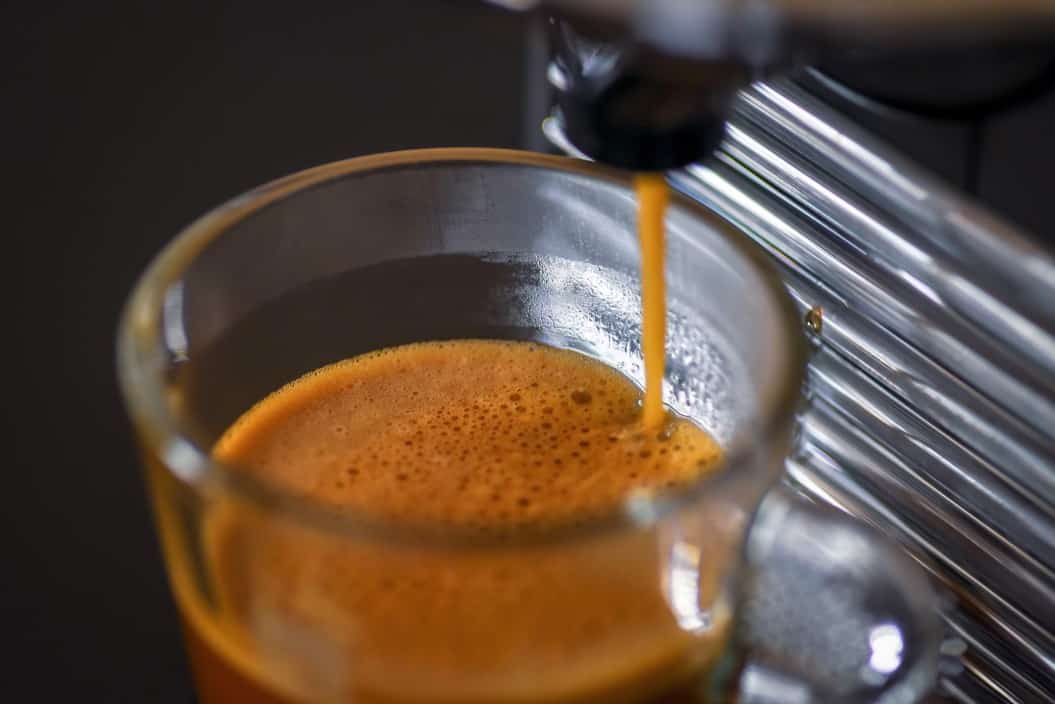



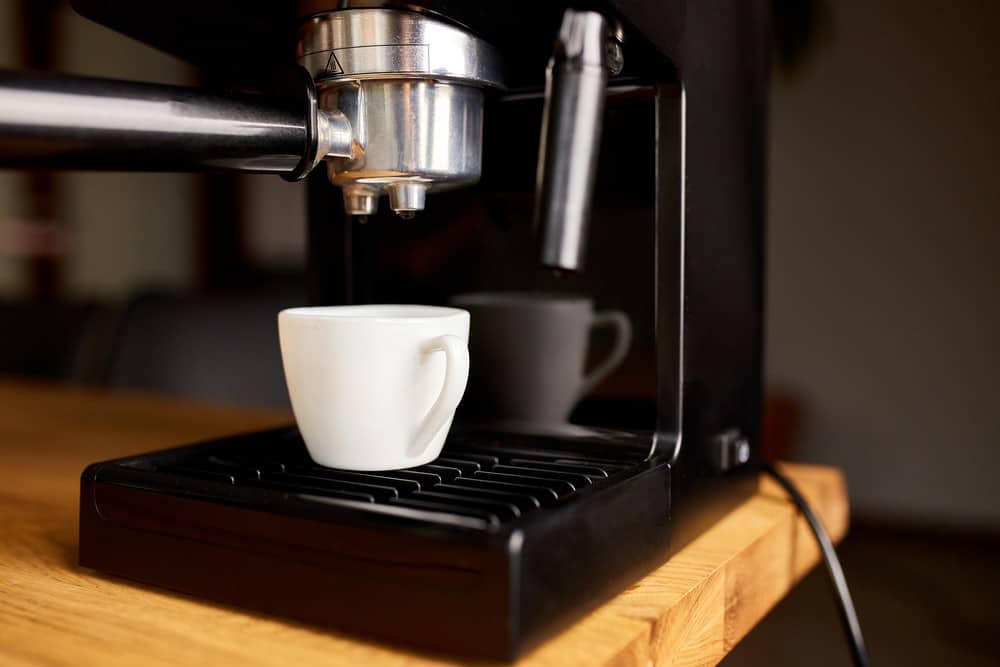

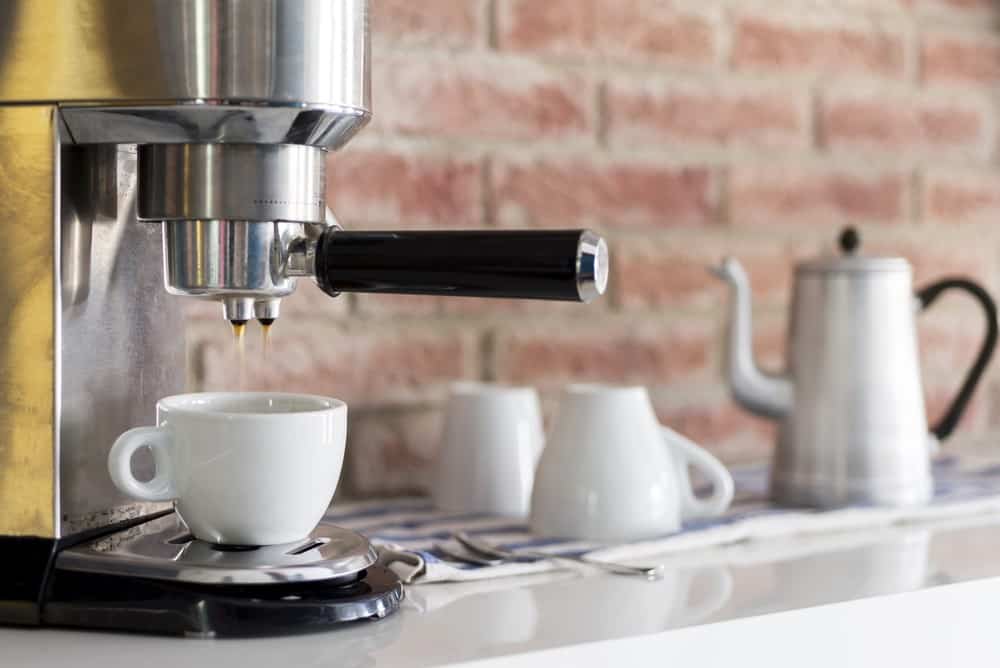
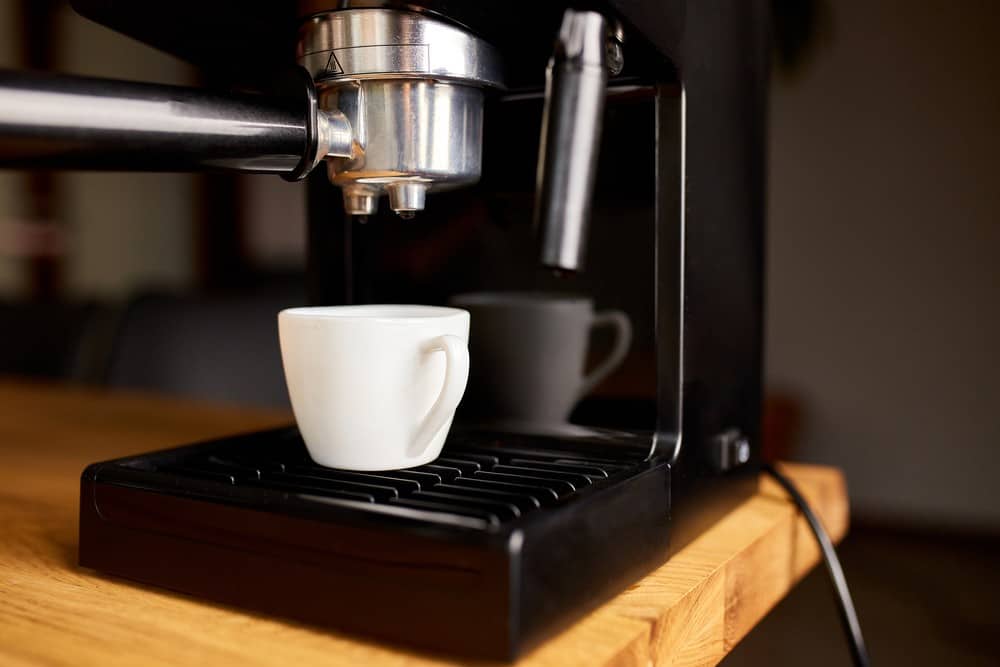



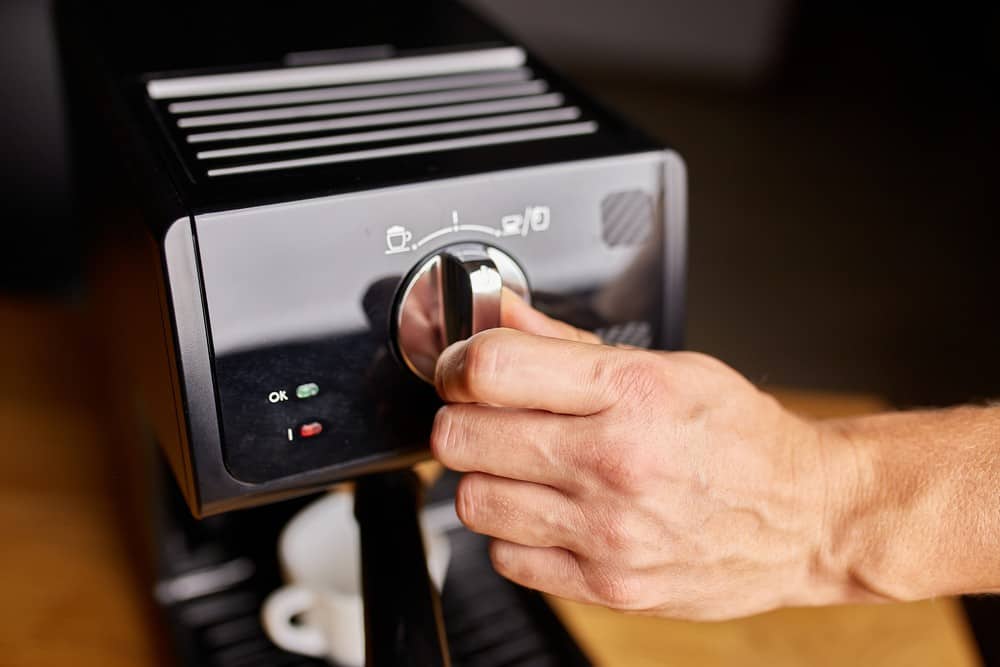
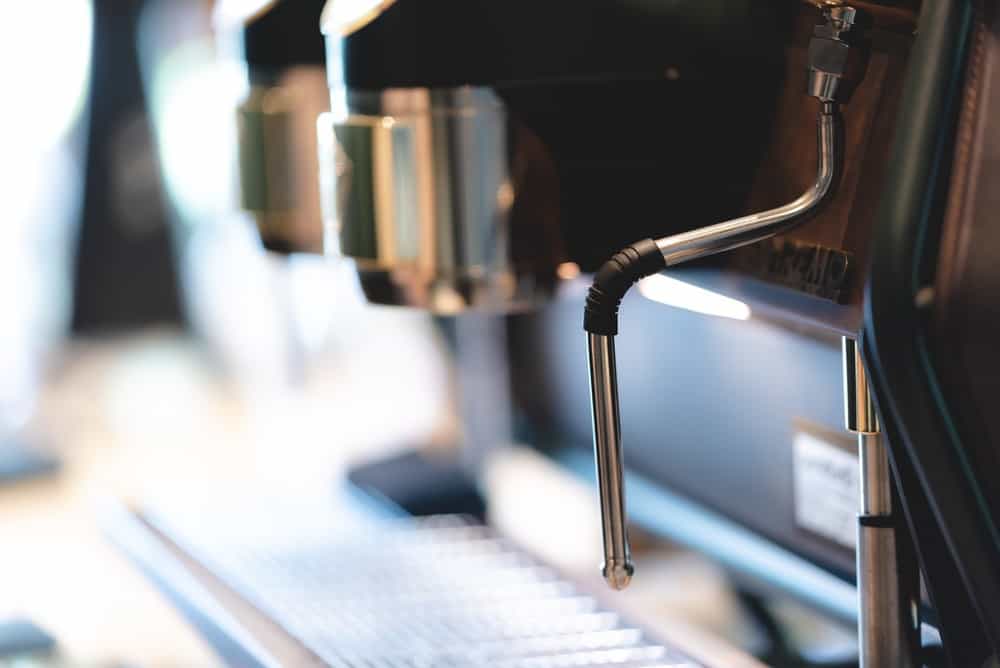
![Best Keurig Alternatives in [year] 27 Best Keurig Alternatives in 2025](https://www.gadgetreview.dev/wp-content/uploads/best-keurig-alternative-image.jpg)
![Best Semi Automatic Espresso Machines in [year] 28 Best Semi Automatic Espresso Machines in 2025](https://www.gadgetreview.dev/wp-content/uploads/best-semi-automatic-espresso-machine-image.jpg)
![Best Coffee and Espresso Makers in [year] 29 Best Coffee and Espresso Makers in 2025](https://www.gadgetreview.dev/wp-content/uploads/best-coffee-and-espresso-maker-image.jpg)
![Best Kitchen Appliances in [year] ([month] Reviews) 30 Best Kitchen Appliances in 2025 (December Reviews)](https://www.gadgetreview.dev/wp-content/uploads/best-kitchen-appliances.jpg)
![Quietest Coffee Makers in [year] 31 Quietest Coffee Makers in 2025](https://www.gadgetreview.dev/wp-content/uploads/quietest-coffee-maker-image.jpg)
![Best Prosumer Espresso Machines in [year] 32 Best Prosumer Espresso Machines in 2025](https://www.gadgetreview.dev/wp-content/uploads/71ytF6efAlL._AC_SL1500_.jpg)
![Best Single Serve Coffee Maker No Pods in [year] 33 Best Single Serve Coffee Maker No Pods in 2025](https://www.gadgetreview.dev/wp-content/uploads/best-k-pod-coffee-image-1.jpg)
![Best Coffee Makers for Hard Water in [year] 34 Best Coffee Makers for Hard Water in 2025](https://www.gadgetreview.dev/wp-content/uploads/best-coffee-maker-for-hard-water-image.jpg)
![Best Dual Boiler Espresso Machines in [year] 35 Best Dual Boiler Espresso Machines in 2025](https://www.gadgetreview.dev/wp-content/uploads/best-dual-boiler-espresso-machine-image.jpg)
![Best Coffee Makers for RV in [year] 36 Best Coffee Makers for RV in 2025](https://www.gadgetreview.dev/wp-content/uploads/best-coffee-maker-for-rv-image.jpg)
![Best Ninja Coffee Makers in [year] 37 Best Ninja Coffee Makers in 2025](https://www.gadgetreview.dev/wp-content/uploads/best-ninja-coffee-maker-image.jpg)
![Best Breville Espresso Machines in [year] 38 Best Breville Espresso Machines in 2025](https://www.gadgetreview.dev/wp-content/uploads/best-breville-espresso-machine-image.jpg)
![Best 5 Cup Coffee Makers in [year] 39 Best 5 Cup Coffee Makers in 2025](https://www.gadgetreview.dev/wp-content/uploads/best-5-cup-coffee-maker-image.jpg)
![Best Commercial Coffee Makers in [year] 40 Best Commercial Coffee Makers in 2025](https://www.gadgetreview.dev/wp-content/uploads/best-commercial-coffee-maker-image.jpg)
![Best Commercial Espresso Machine for a Small Coffee Shop in [year] 41 Best Commercial Espresso Machine for a Small Coffee Shop in 2025](https://www.gadgetreview.dev/wp-content/uploads/best-commercial-espresso-machine-small-coffee-shop-image.jpg)
![Best Coffee for Moka Pot in [year] 42 Best Coffee for Moka Pot in 2025](https://www.gadgetreview.dev/wp-content/uploads/best-coffee-for-moka-pot-image.jpg)
![Best USA Made Coffee Makers in [year] 43 Best USA Made Coffee Makers in 2025](https://www.gadgetreview.dev/wp-content/uploads/best-usa-made-coffee-makers-image.jpg)
![Fastest Coffee Makers in [year] 44 Fastest Coffee Makers in 2025](https://www.gadgetreview.dev/wp-content/uploads/fastest-coffee-maker-image.jpg)
![Best SCAA Certified Coffee Makers in [year] 45 Best SCAA Certified Coffee Makers in 2025](https://www.gadgetreview.dev/wp-content/uploads/best-scaa-certified-coffee-maker-image.jpg)
![Best Smart Coffee Makers in [year] 46 Best Smart Coffee Makers in 2025](https://www.gadgetreview.dev/wp-content/uploads/best-smart-coffee-maker-image.jpg)
